-
Posts
2,679 -
Joined
-
Last visited
-
Days Won
48
Content Type
Profiles
Forums
Blogs
Gallery
Events
Store
Posts posted by Graf
-
-
-
8 hours ago, Kriegsmarine Admiral said:
The latest addition to my collection is this extremely rare studio portrait of Vizeadmiral (Ing.) Dipl. Ing. Walter Fröhlich, the third (and last) Ship Machinery Inspector (29 March 1943-14 July 1945). This is only the second photo of him I have seen so far. I posted the other one (which comes from a book) below it.
The office called "Inspectorate of Ship Machinery" (Schiffsmaschineninspektion) was established on 01 October 1935 for the technical supervision of all personnel and material matters regarding engineering of ships and ship security. The office was called the "Schiffsmaschineninspektion" until the beginning of the war when it was changed to "Inspektion des Schiffsmaschinenwesens". The Inspectorate was technically subordinate to the High Command of the Navy (OKM), and in terms of troop service to the Chief of Station or Commanding Admiral of the Naval Station of the North Sea/Commander in Chief of the Naval High Command North Sea. The Inspectorate was first based in Wilhelmshaven, from March 1943 in Wesermünde, from 28 September 1943 in Nordholz near Cuxhaven and finally in May 1945 in Glücksburg. On 01 October 1935 the Training and Repair Workshops and from 01 October 1936 the Naval Schools in Kiel and Wesermünde were placed under the Inspectorate, and later also the Naval Warship Construction Training Departments and the Ship Machinery Training Departments. The first Ship Machinery Inspector was Char. Admiral (Ing.) Hans Fechter (01 October 1935-31 December 1939) and the second Admiral (Ing.) Erich Zieger (01 January 1940-28 March 1943).Very nice photos and information
2 -
On 18/12/2021 at 01:41, Gordon Craig said:
Gentlemen,
There are a number of different type of metal ribbon bars that were used in the DDR. I'm going to start with what a correct senior officer/Generals bar should look like. This bar would be worn on a tunic. One of the signs of a reproduction or fake bar is often how much solder is used on the back of the bar. This bar shows the minimum use of solder. Most of the bar does not need to be soldered to hold it together.
Regards,
Gordon
Very nice and interestingly assembled
0 -
-
9 hours ago, misiu said:
Hello folks,
again some extremely rare item for sale in Finland:
https://www.huuto.net/kohteet/pyhan-karitsan-suurristi-ja-rintatahti/585516813?ref=hm_add
10 Grand Cross sets have been awarded according to Mr. Tiainen.
Cheers
Dete
Yes it is rare
0 -
On 31/07/2023 at 20:26, bigjarofwasps said:
I was thinking that perhaps with the Nuclear Vets Medal being referred to as a “commemorative” medal, that it might differ from others? But with the unveiling of the Humanitarian Medal, and it having exactly the same effigy, it would appear not to be the case.
No additional information, is available with regards, to when we can expect to start seeing previously established medals, being the new effigy.
Will be interesting to see if all effigies are now the same, or whether there will be crowned and uncrowned versions as previously awarded…??
Thank for the information
0 -
12 hours ago, Farkas said:
Hi Chris,
you may already know this but just in case…
Maker mark on the reverse is the anchor mark of H. Skarnik & F. Fiszbein, Warsaw, and letters B.M. which stand for 'biały metal' (English: white metal).
congratstony 🍻
Nice information
1 -
On 12/09/2022 at 12:24, Klaus P. Schad said:
More treasure:
1917 DWM LP08, unit marked “L.G.R.109.3.6.” Leib Grenadier Regiment 109, 3rd comp. weapon # 6.
Regimental history book “Geschichte des 1.Bad. Leib Grenadier Regiments 109."
1916 spiked helmet with cover, Bierstein and shoulder boards of LGR 109.
1908 DWM, unit marked “109. R. (cursive) 9.4.” Reserve Inf. Rgt.109, 9th comp. weapon # 4 with matching clip
and reworked Reichs-Revolver holster. Feldmuetze with owners name, rank and unit.
Very nice
0 -
On 02/08/2023 at 02:59, Rusty Greaves said:
And here's another website with many period illustrations and historical narrative: https://hemamisfits.com/2018/09/10/duffing-rascals-what-is-la-canne/
Most sorry to hear about you being robbed! Yikes-a-mundo! Did that put you in mind of the use of La canne as a marital art? I certainly see various homeless rascals carrying sticks every day as I walk or ride the bus in Albuquerque, for use against dogs or hooligans (hopefully only that).
I agree I like it
0 -
5 hours ago, Leuchtturm said:
Hu Graf,
many thanks.

I got today the message that is it an original Eagle for the rogatywka hat.
Cheers
Chris
That is good Congrats
0 -
-
-
On 23/02/2023 at 06:29, Rusty Greaves said:
I just found only the second example I have seen of a Mixed Courts Judges badge made by Zivy Frères of Alexandria. This comes from an upcoming 4 March, 2023 auction by Alif Art, Lot 0100, an auction house in Istanbul (https://www.alifart.com/Content/pdfViewer/PDF/alif_art_mart_2023.pdf). The badge is described on page 55 of that online catalogue.
Above is a moderately high resolution image of the obverse of the obverse of what is likely a District Courts badge made by Zivy Frères on the Alif Art website. The above photo can be zoomed for additional details of the workmanship and execution of this badge. This appears to be a silver & gold District Courts badge. The folds of the mantle, and possibly the interior "fur" element of the mantle, may exhibit some silver tarnish, not additional gilt components of the design. However, it is difficult to distinguish silver from vermeil components of the design from the one available photograph. The very brief auction description identified the material as “gilded on silver”, and its dimensions are: 11.5 cm (tall) x 9 cm (wide), and weighing 290 g. The presentation box measurements are given as 3.5 cm (deep?) x 15.5 cm (long) x 12 cm (wide). The maker is identified as “Zivy Frères, Paris – Alexandrie, Egypt”, the auction description states this name is stamped on the reverse (but no photo is provided). There is some damage to the enamel of the inscription on the central tablet and part of the "cordage" element on the upper right corner of the mantle shows what appears to be a loose wire of this element against the the rayed-embellishment. A small, low-resolution image of the badge resting in its case is given in the auction catalogue (see below). As noted, this is only the second example of a Mixed Courts badge by Zivy Frères that I have encountered online. The workmanship is equivalently less-detailed to the other Zivy Frères silver example I have illustrated (from an April 2019 auction [Lot 74177, Auction #5403] by Heritage Auctions: https://fineart.ha.com/itm/silver-smalls/an-egyptian-silver-magistrate-s-badge-from-the-reign-of-abbas-ii-egypt-circa-1900marks-unidentified-cipher-zivy-fr/a/5403-74177.s), compared with most other manufacturers of these badges (perhaps except for the two badges made by "UNION DES GRAVEURS; D. IALANOS, A. DE LEO &. A. KASSANDRINOS; 5. RUE DE L’EGLISE COPTE; ALEXANDRIE (Egypte)”, shown and discussed in my posts of 3 February, 2023 on this thread). The actual design execution of this probable silver and vermeil District Courts badge from Alif Art is also quite different from that on the Heritage Auctions example. No photographs are provided of the reverse of this District Courts badge.
Low-resolution image of the presentation case for this Zivy Frères Mixed Courts badge from the Alif Art catalogue for the 4 March, 2023 auction. This image of the case is not good enough-resolution to show whether the Zivy Frères name is on the paper or ribbon attached to the inner upper lid.
Moderate-resolution image of the obverse of the Heritage Auctions Zivy Frères silver Mixed Courts badge from an April 2019 auction (Lot 74177, Auction #5403) for comparison with the above silver and vermeil District Courts badge in the Alif Art catalogue for the upcoming 4 March auction. This image can be zoomed for some additional details in comparison with the Alif Art example. This badge is stamped with the name "ZIVY FRERES" on the reverse (shown as the 6th photo in my previous post on this thread of 24 April, 2019). The design differences are most apparent in comparisons between the interior “fur” of mantle, made with simple tool marks on the original dies of both the Heritage Auctions silver example and the Alif Art piece. The placement and execution of the ermine tails on the interior mantle also show differences compared with the Alif Art badge. The Heritage Auctions Zivy Frères badge also has a different execution of the Order of Medjidie element. As noted in my comparison of the tugra on these badges in my post of 7 September, 2021 on this thread, the silver Zivy Frères badge (the inferior portion of the badge is shown as the 6th-to-last image in that post) has the tugra oriented correctly, the superior portion of the wreath lacks the crescent and star, although there appears to be a “ghost” presence that may be the star element, missing for no readily explainable reason. The Order of Medjidie on the Alif Art example contrasts with the silver example by having the center of the medal with the tugra being convex, and the crescent and star are present. The comparison of the area with the Order of Medjidie on both pieces shows some of the other differences in execution between these two examples of Zivy Frères Mixed Courts badges. The form of the calligraphy on the central tablet also is slightly different between these two badges, but is more similar to each other than other inscriptions. The calligraphy on the Alif Art badge tablet does not match any of the currently still unidentified variants of the central tablet calligraphic inscriptions.
Cropped close-up image of the Order of Medjidie design element of the silver Heritage Auctions Zivy Frères badge for comparison with the Alif Art example. Note the possible "ghost" presence of a suggestion of the star at the upper portion of the wreath, however, the crescent also is clearly missing on this piece.
Cropped close-up of the Alif Art District Courts badge for comparison of the Order of Medjidie element with the Heritage Auctions example. This also shows the comparable, but differently executed, "fur" lining of the mantle the form and placement of the ermine tails, and the much less detailed treatment of the laurel and oak branches compared with other makers of these badges.
Excellent
0 -
6 hours ago, Farkas said:
Hi Greg,
not sure what you need exactly but there is some nice information here 👇
https://www.worldmilitariaforum.com/forums/index.php?/topic/315670-ddr-army-officer-dagger/
cheers tony 🍻
nice link
1 -
2 hours ago, oamotme said:
Graf,
In complete contrasts to your beautiful miniatures I detail another LdH and Order of Merit group. I attach images of General Diallo's miniatures - a very large group! I detail below my notes on the group. Errors/ommissions mea culpa.
Owain
General Jean Alfred Diallo (16 September 1911 - 22 Mai 2006). The group is an excellent representative set of the French award manufacturer Arthus Bertrand and of the medallic heritage of post-independence French West Africa.
Diallo initially saw military service with French Colonial troops during the Second World War. Subsequent to the independence of Senegal in 1960 his military career flourished and he was appointed Commander in Chief and Chief of the General Staff of the Senegalese Army for 10 years. During his career he also commanded the National Gendarmerie from August 1968 to June 1972 and was also Director of Military Justice and Inspector of the Republican Guard. In later life he was appointed Ambassador of Senegal to the Federal Republic of Germany. In old age he retired to France and died at the age of 95 at Versailles outside Paris.
The Republic of Senegal is the westernmost country of the African continent and became a French colony in the 19th century. The country became independent on 20 August 1960 and the first President Leopold Sedar Senghor ruled from 1960 to 1981. Unlike many other African nations the military in Senegal has not intervened in political matters and it receives much of its equipment, support and training from France.
The miniatures are all, it is believed to be, of French manufacture – silver-gilt, silver or bronze and are mounted in three rows of twelve, twelve and eleven miniatures respectively. All of the rosettes are riveted to the ribbons and are not sewn on.
Top Row
1. Senegal - Grand Cross (1st Class) of the National Order of the Lion.
2. France - Commander (3rd Class) of the Legion of Honour
3. Senegal – Grand Cross (1st Class) of the Order of Merit
4. France - Grand Officer (2nd Class) of the National Order of Merit.
5. France - Croix de Guerre 1939 1945 – no reverse date
6. France - Croix de Guerre for Overseas Operations – no reverse date
7. France – Combatant’s Cross.
8. Unofficial – European Combatant’s Cross.
9. France 1939-45 War Medal
10. France - Indochina Campaign Medal
11. France - The Rhine and Danube Association Medal
12. Malta – Grand Cross of the Sovereign Order of St John of Jerusalem & Malta
Middle Row
1. Ivory Coast - Grand Cross (1st Class) of the National Order
2. Ethiopia – Grand Cross (1st Class) of the Order of the Star of Ethiopia
3. Ethiopia – Grand Cross (1st Class) of the Order of Menelik II
4. Argentina – Grand Cross (1st Class) of the Order of May - Military Merit Division (N.B. the badge is of a pre-1957 type – possibly an error of the French manufacturer.)
5. Brazil – Grand Officer (2nd Class) of the Order of Diplomatic Merit
6. Cameroon – Grand Officer (2nd Class) of the Order of Valour
7. Togo – Grand Officer (2nd Class) of the Order of Mono
8. Morocco – Grand Officer (2nd Class) of the Order of the Alouite
9. Tunisia - Grand Officer (2nd Class) of the Order of the Republic, (miniature breast star)
10. Lebanon – Grand Officer (2nd Class) of the Order of Cedar, (miniature breast star)
11. Belgium – Grand Officer (2nd Class) of the Order of Leopold I
12. Luxembourg – Grand Officer (2nd Class) of the Order of the Crown of Luxembourg
Row 3
1. Austria - Grand Officer (2nd Class) of the Decoration of Merit of Austria
2. Madagascar - Grand Officer (2nd Class) of the Malagasy National Order
3. Niger – Grand Officer (2nd Class) of the National Order of the Republic of Niger
4. Zaire - Grand Officer (2nd Class) of the National Order of the Leopard
5. Gabon - Grand Officer (2nd Class) of the Order of the Equatorial Star
6. Dahomey - Commander (3rd Class) of the National Order
7. Mauritania – Commander (3rd Class) of the National Order of Merit
8. Malta - Commander (3rd Class) of the Sovereign Order of Saint John of Jerusalem
9. Benin - Officer (4th Class) of the Order of the Black Star of Benin
10. France - Colonial Service Medal
11. France – Ruhr, Rhine and Tyrol Occupation Medal – 2nd Type post 1945
Prior to independence the then Colonel Jean-Alfred Diallo served with the French military and commanded a battalion of the 5th Engineers at Versailles. He returned to Senegal shortly before the political crisis of December 1962 when the Prime Minister Mamadou Dia was accused of an attempted coup d’etat. President Senghor appointed Diallo Chief of the General Staff of the Armed Forces instead of General Fall and whilst Diallo had agreed not to take sides, under pressure from French officers he would give his support to the President. Thirty years later in 1992, General Diallo noted, “Mamadou Dia has never made a coup d'état against Senghor - the history of the coup d'état is pure fabrication”.
Wow This is very impressive Congrats
0 -
2 hours ago, Farkas said:
Hi Tony nice hat and tin Yes I agree thre have bee few makers, however they used the same pattern
Cheers
1 -
On 31/07/2023 at 03:08, ashley58 said:
Could this is a wife / girlfriend / sister / lover wearing the cross of a fallen soldier ?
Yes, it could be It could explain the cross on a chain as a patriotic item not on a ladies ribbon as an awardee
1 -
Buyer Be Aware
Let"s not get out the topic
Cheers
0 -
-
-
-
-
-



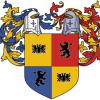
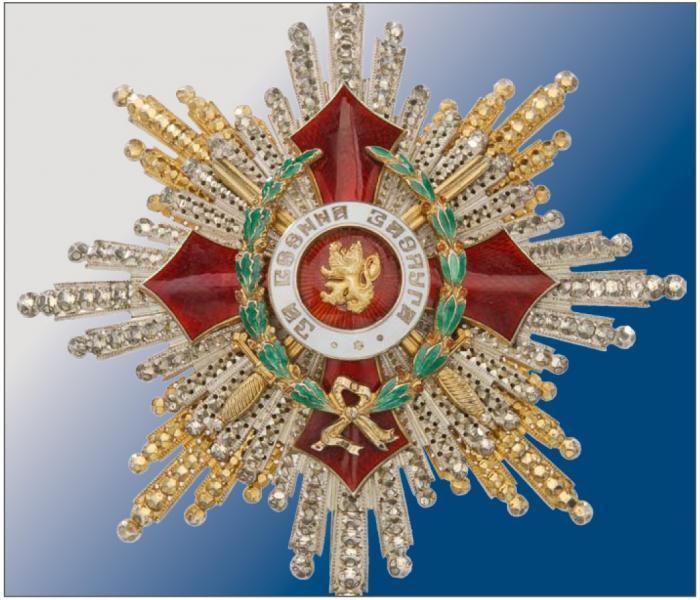

.thumb.jpg.7388b8738b3b862e8cb026205ae34e71.jpg)
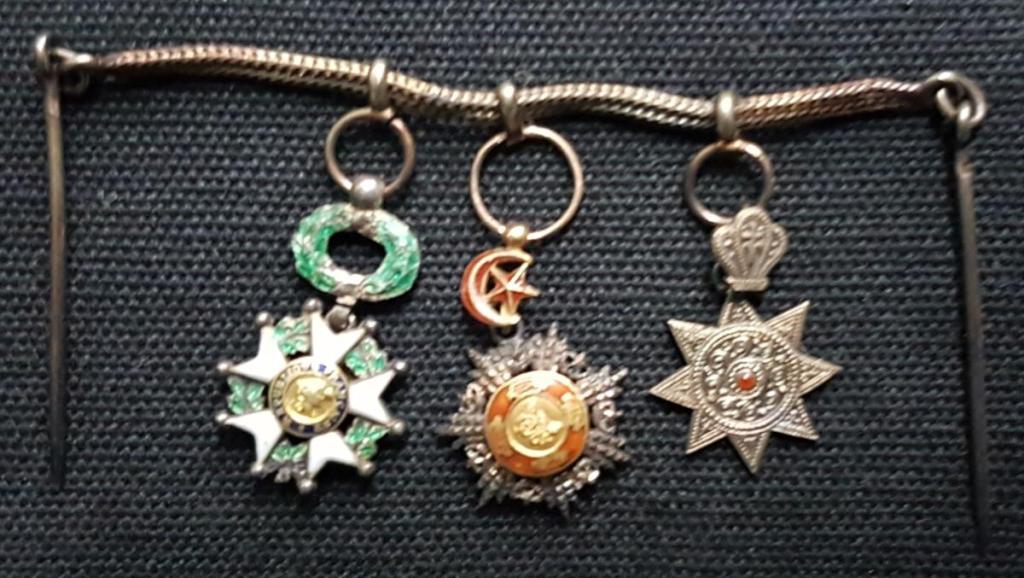


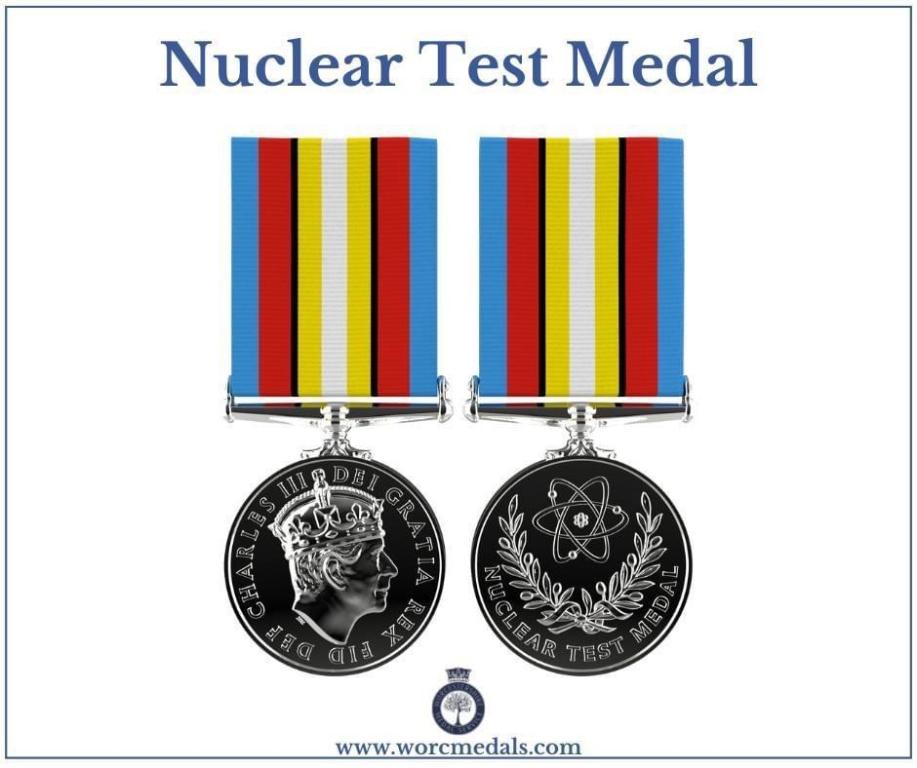
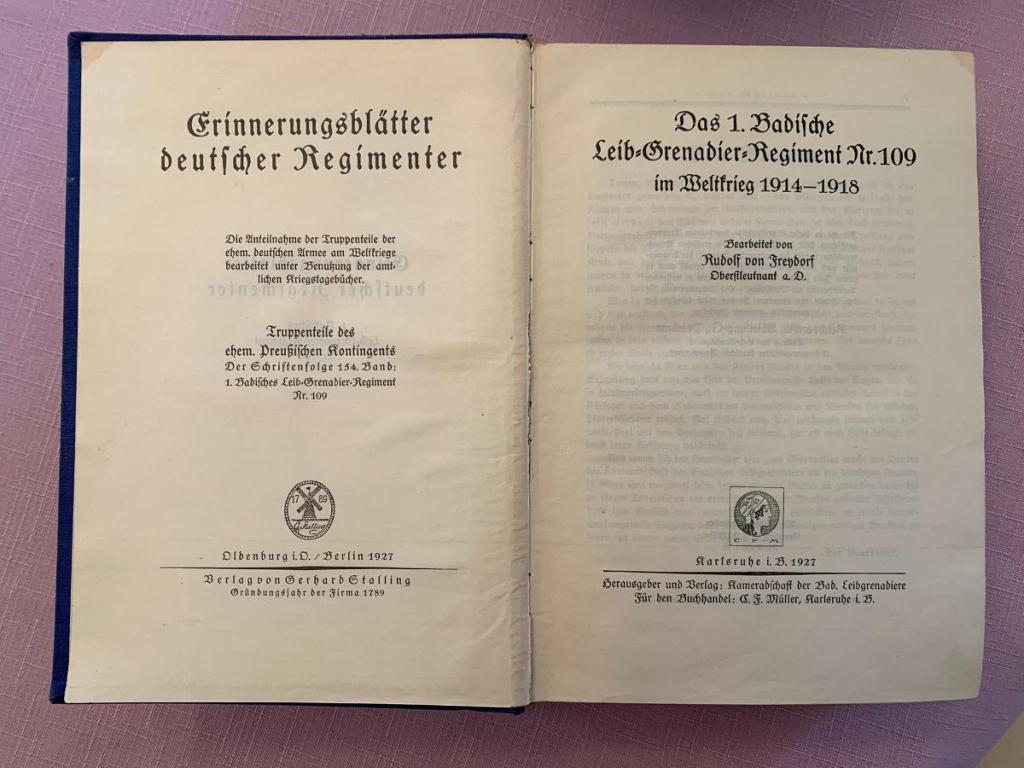
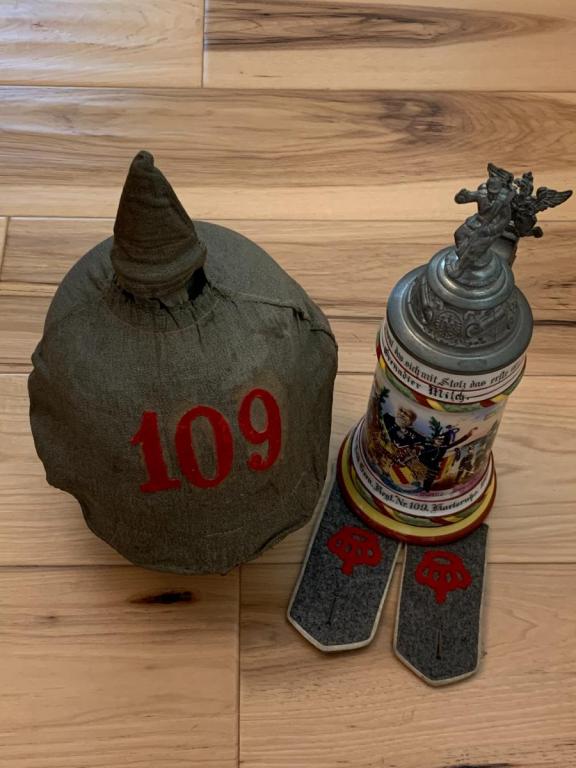
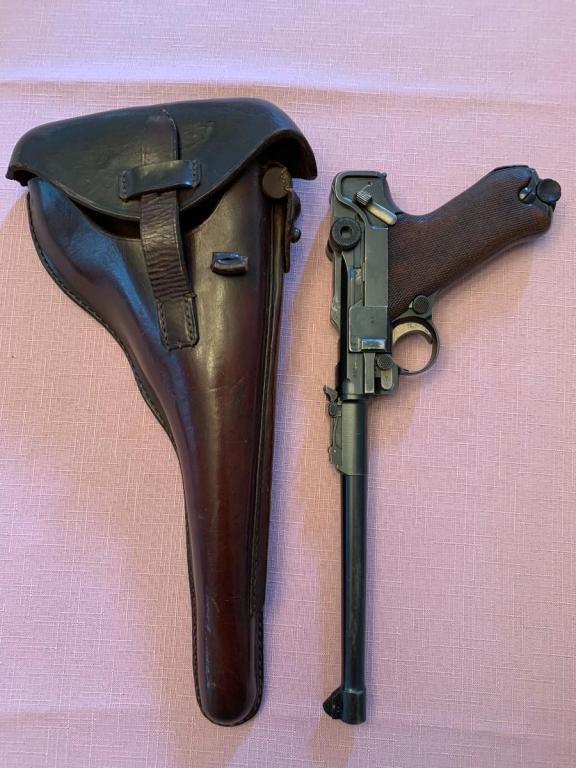
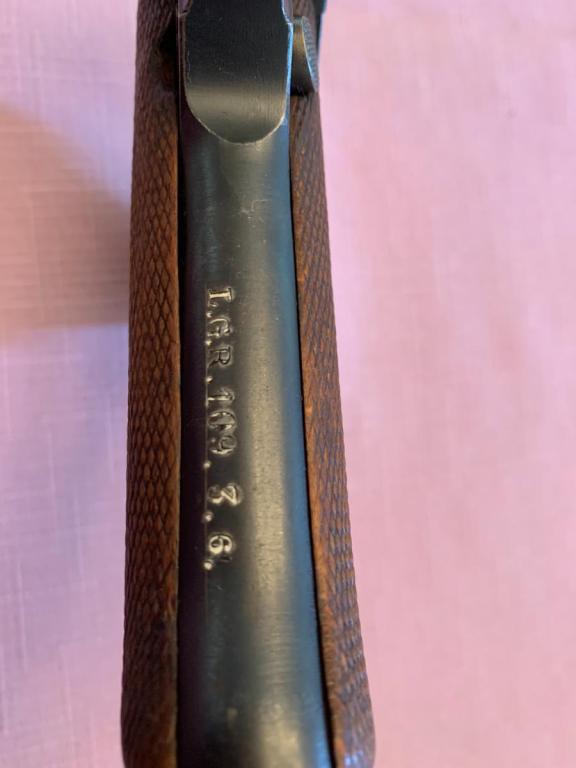
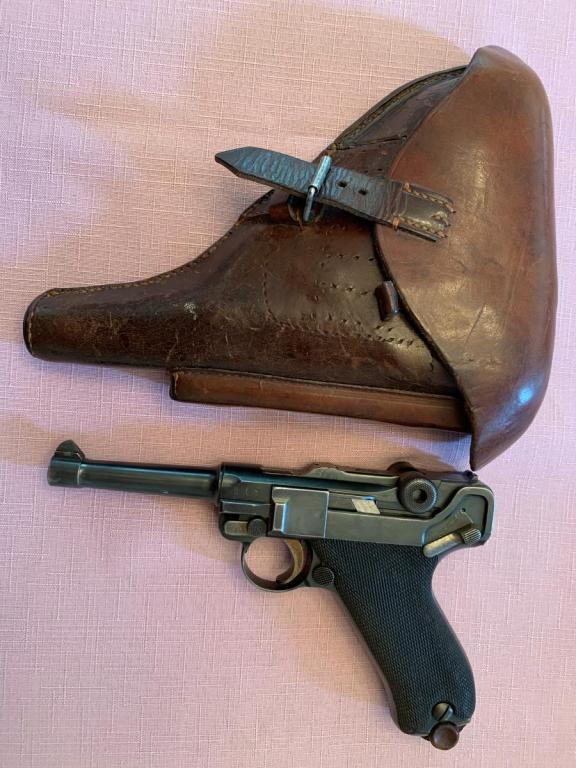

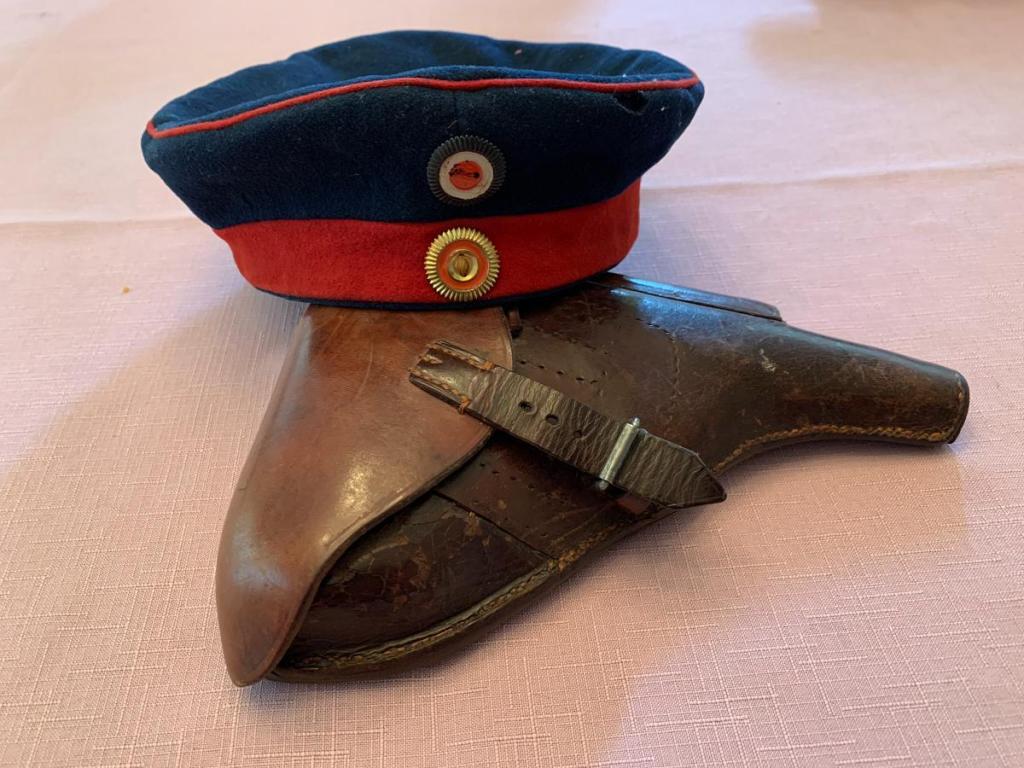


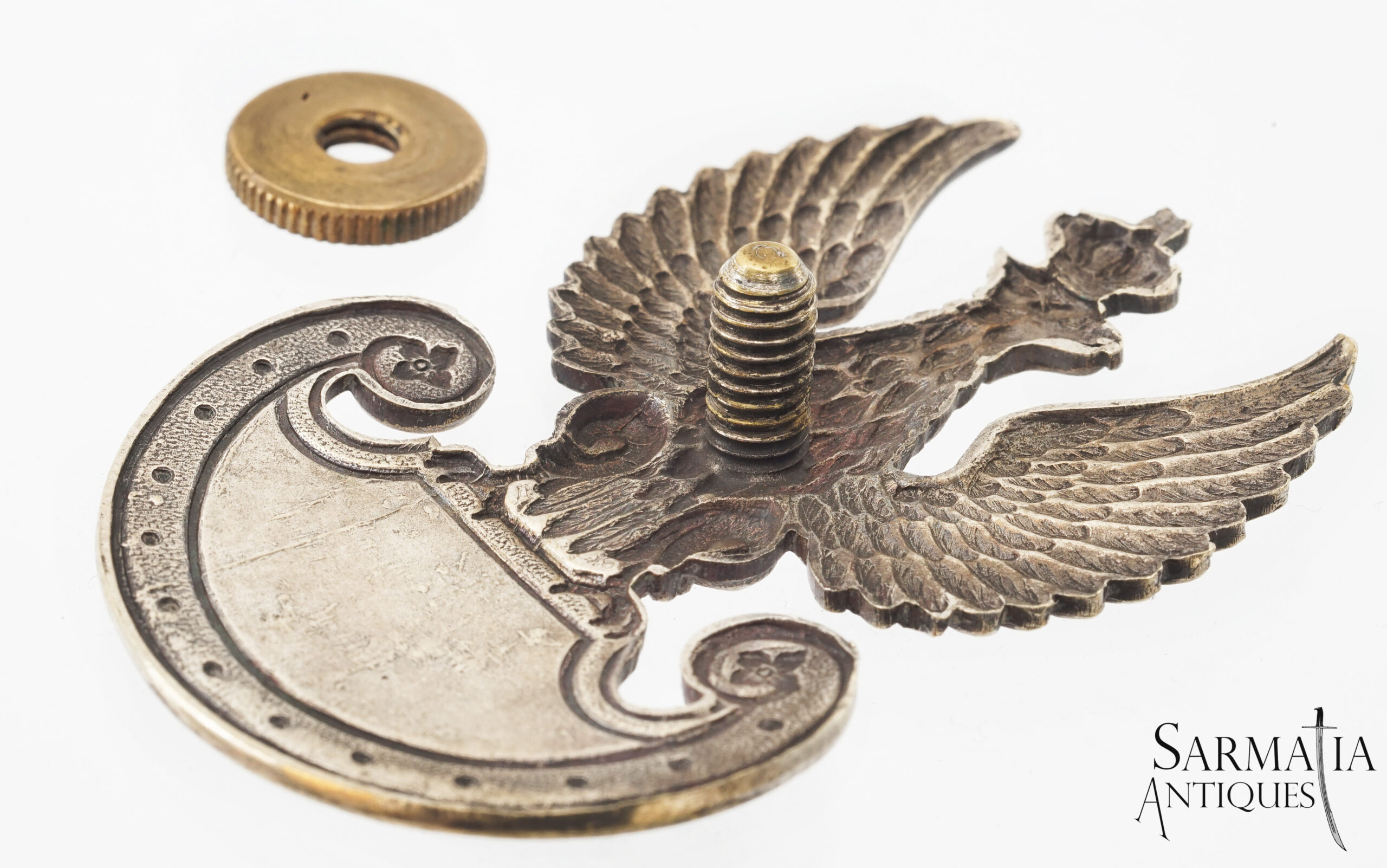
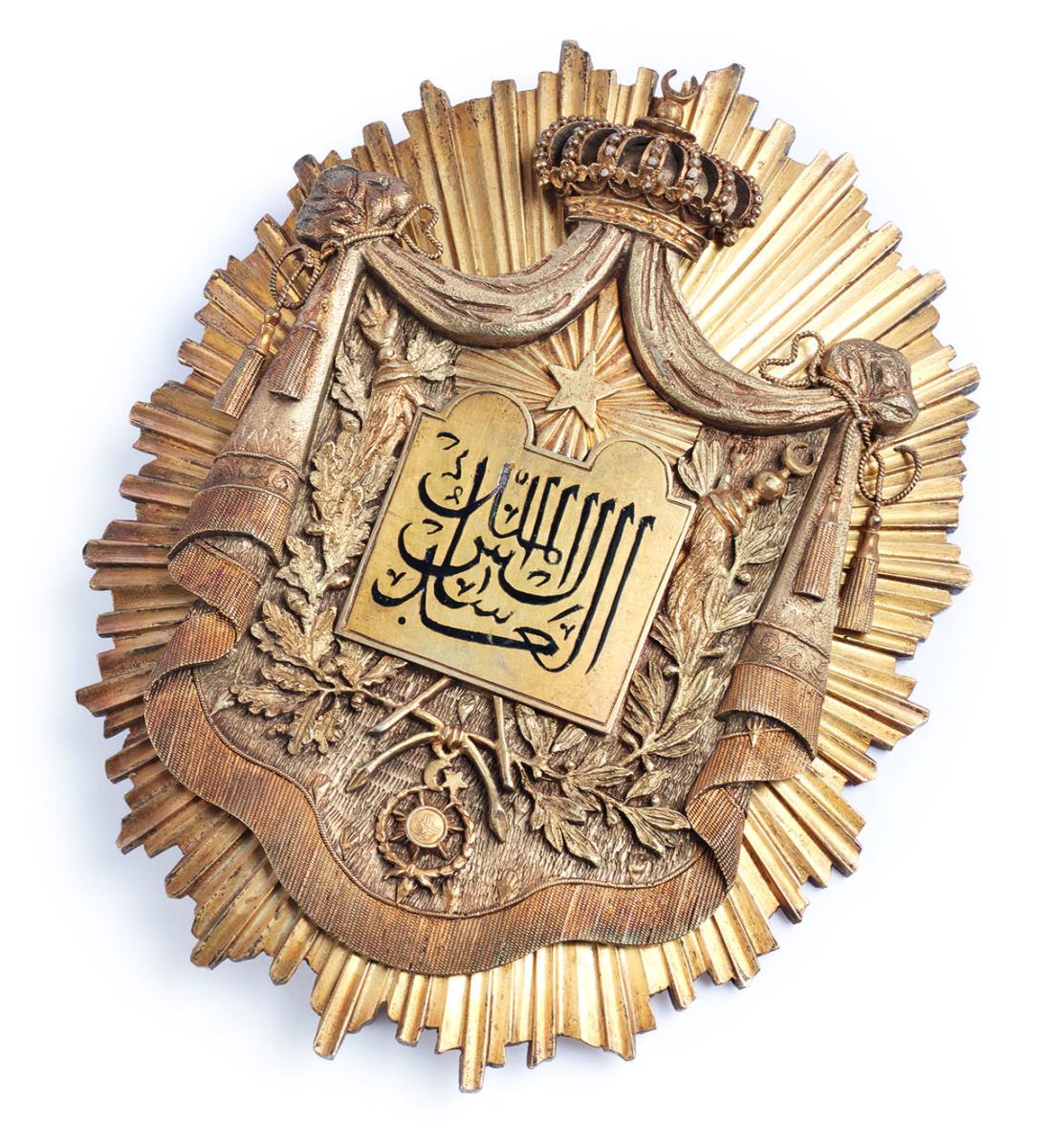
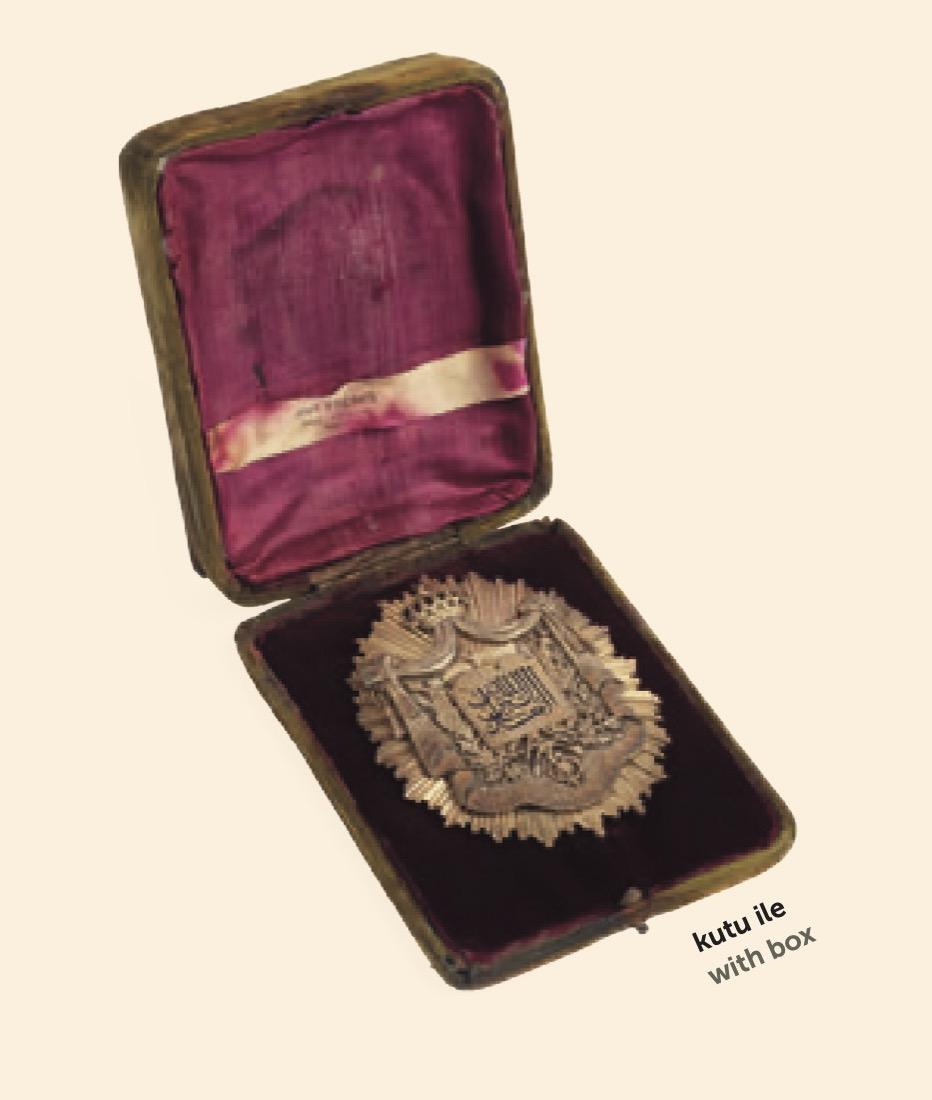
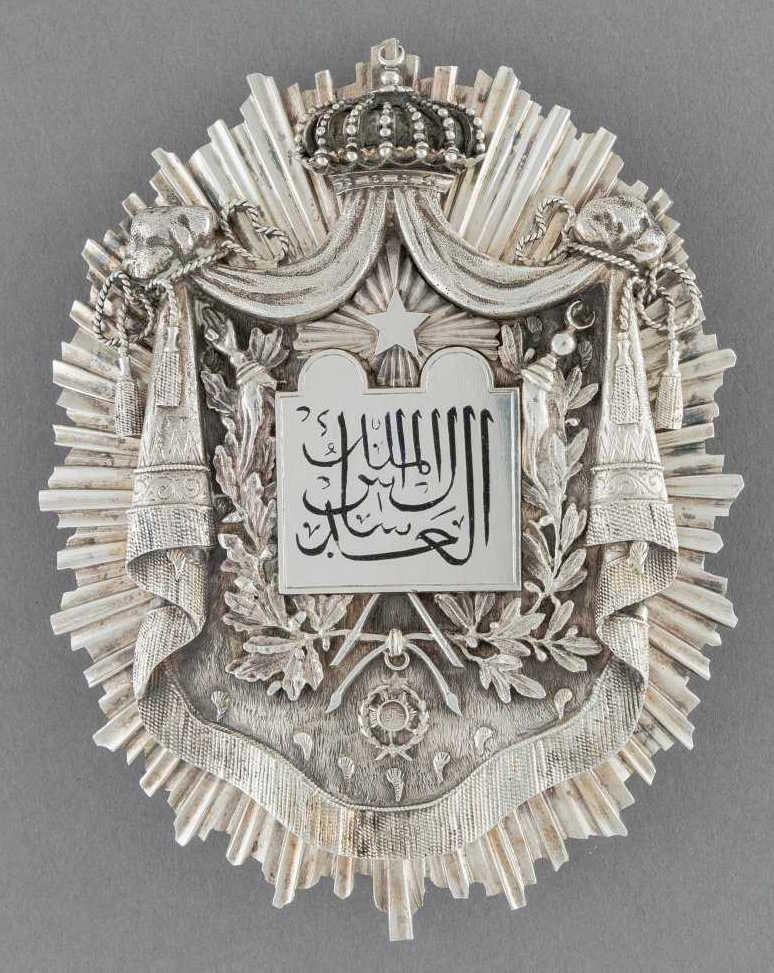
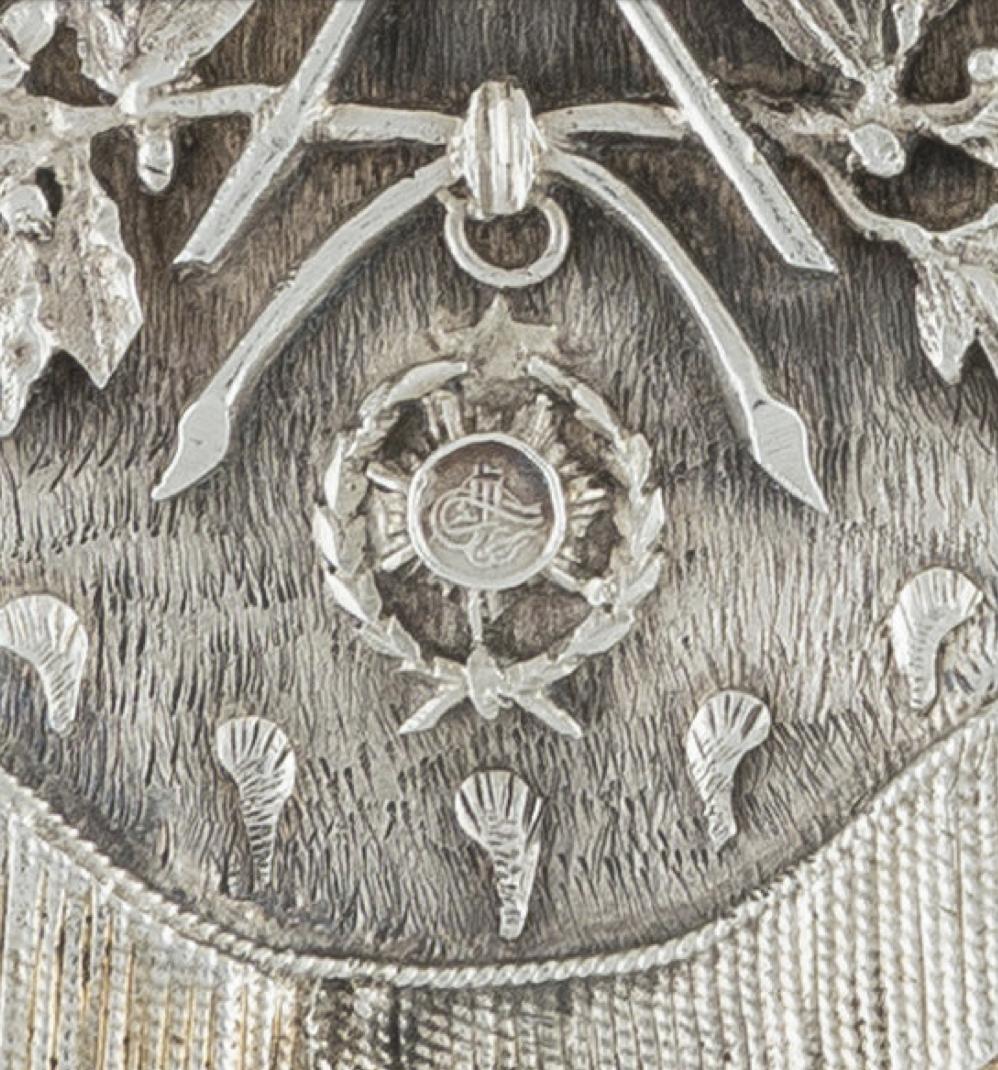
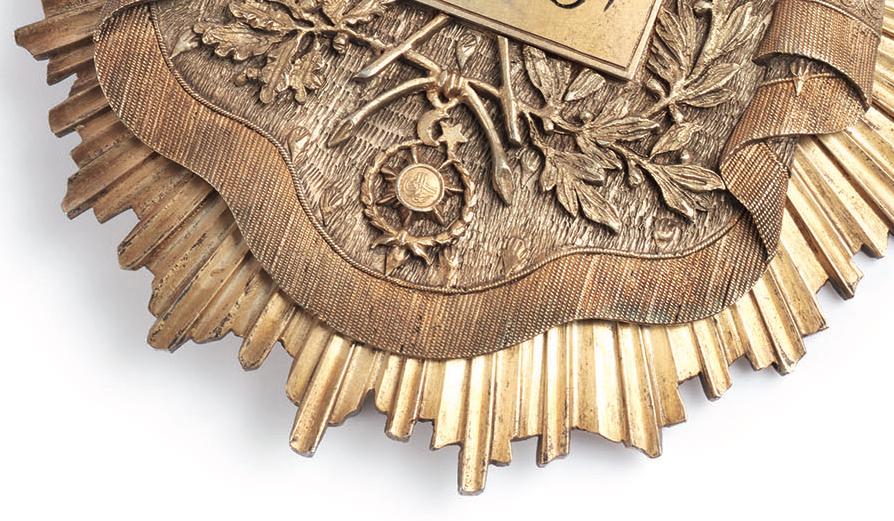

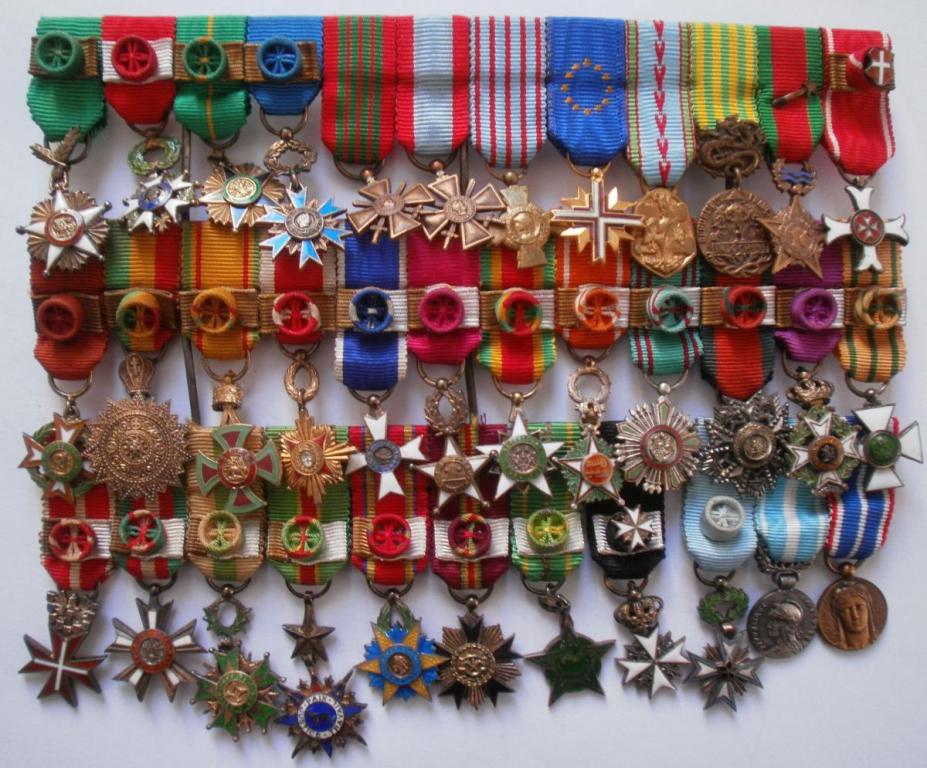
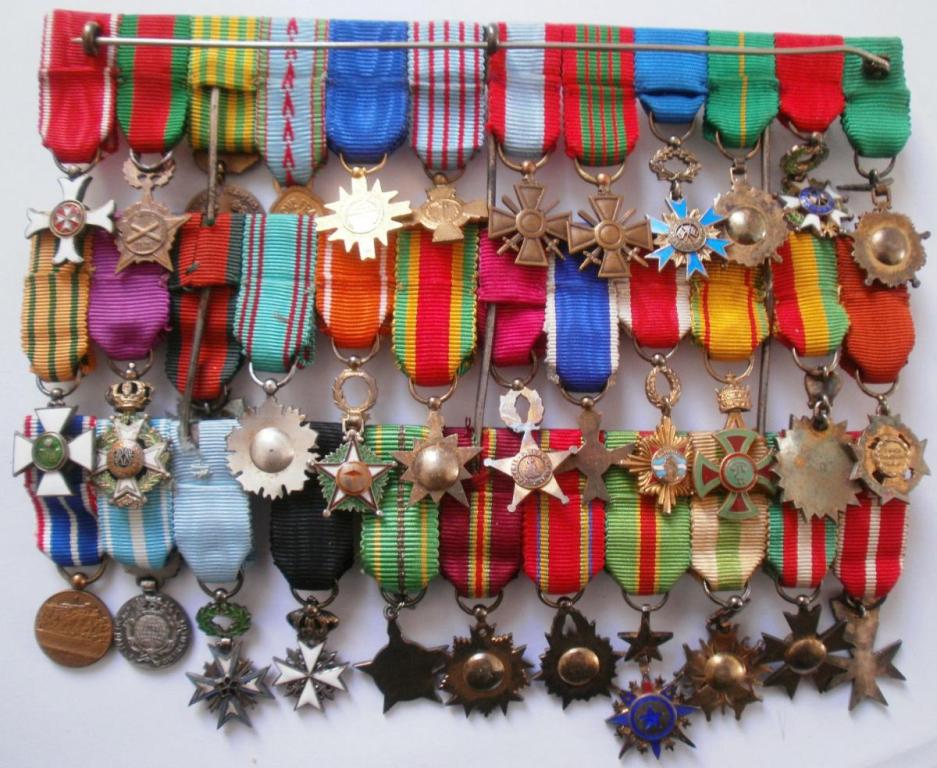
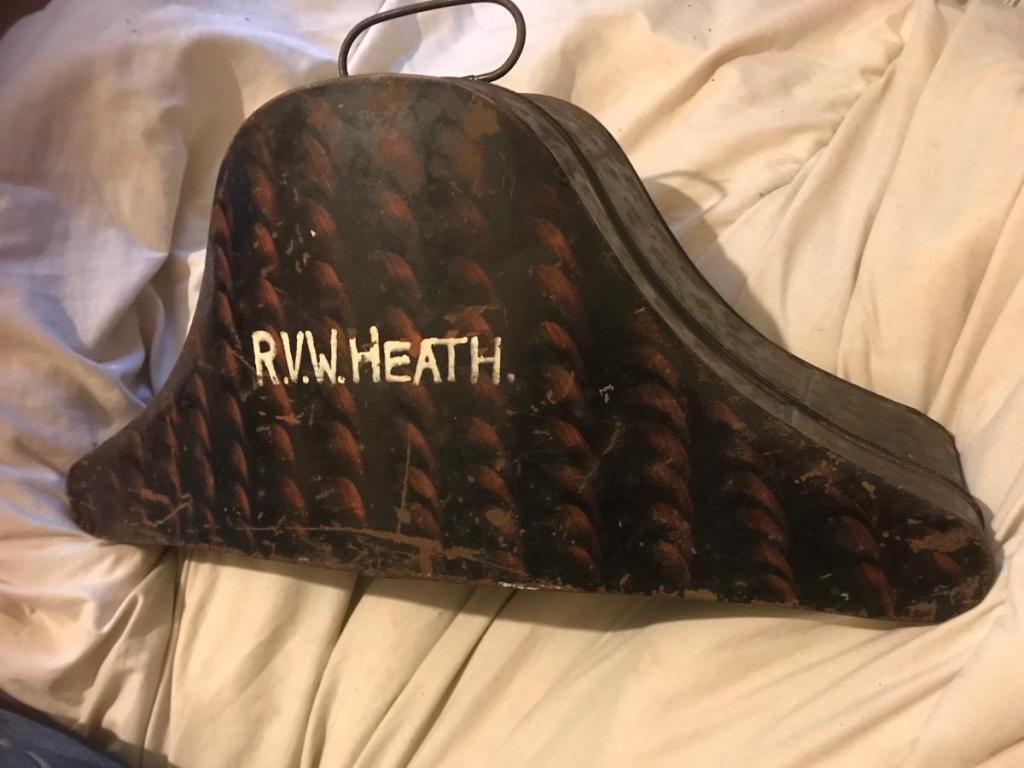

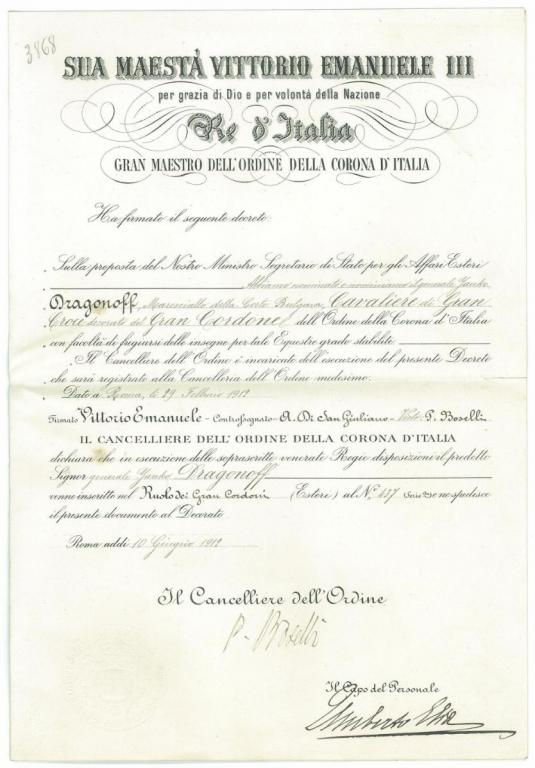
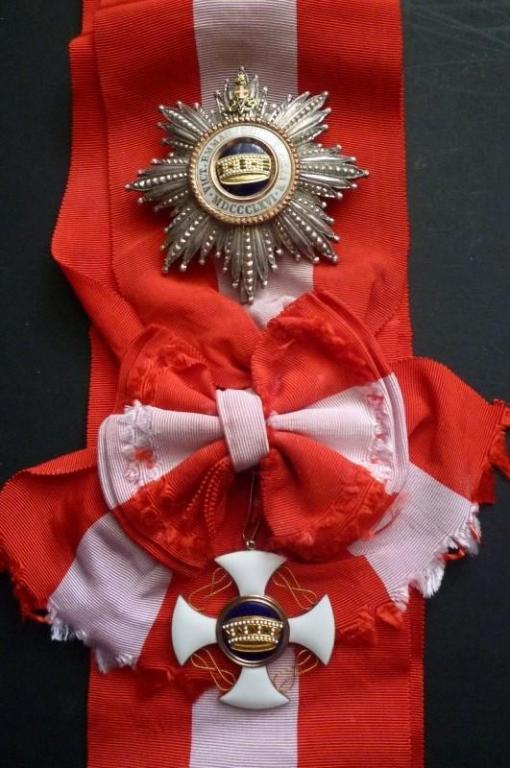



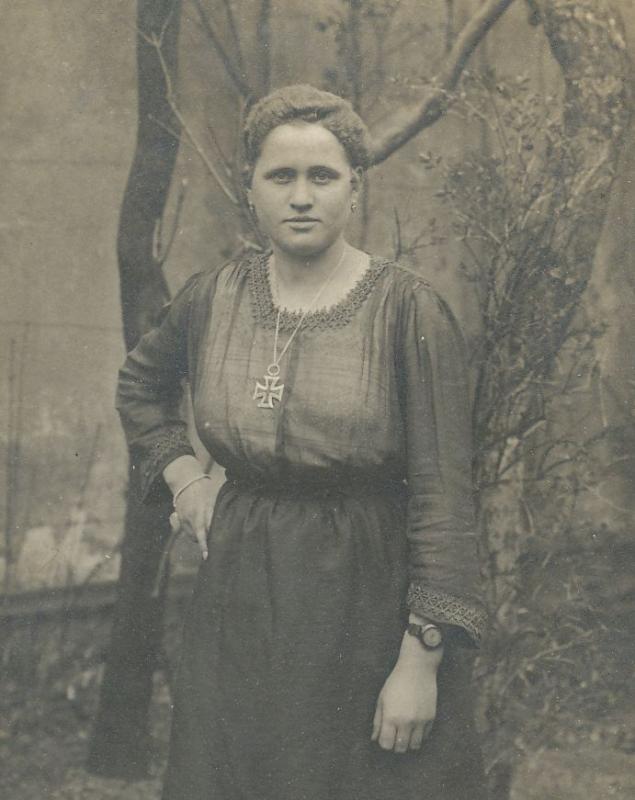

Show your French minis
in France
Posted
not mine It was offered to me I missed it..and and I like it